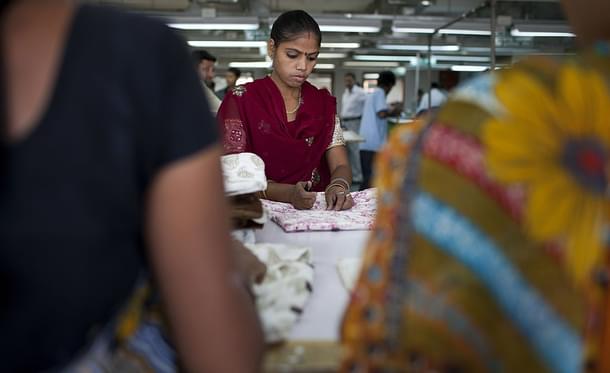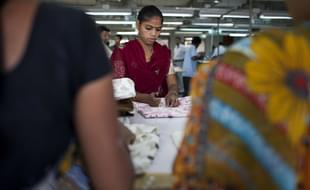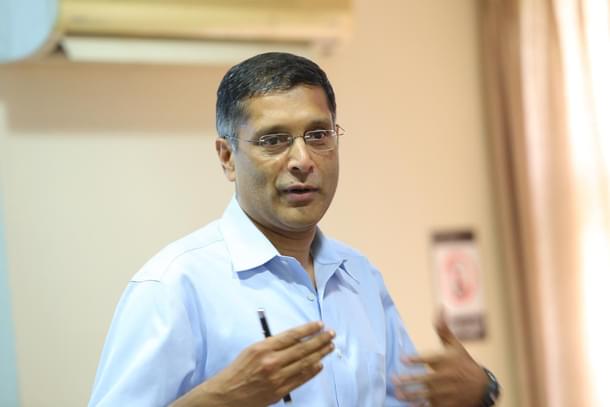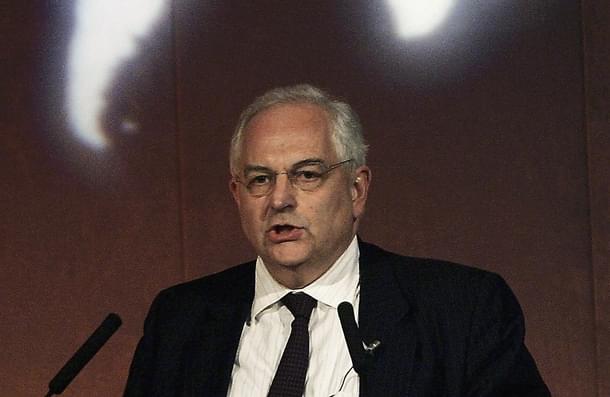Economy
Is Export-led Growth Possible At A Time Of Global Slowdown And, Is It Enough?
Seetha
Mar 15, 2016, 05:44 PM | Updated 05:44 PM IST
Save & read from anywhere!
Bookmark stories for easy access on any device or the Swarajya app.


Can exports increase at a time of global slowdown?
Will it be enough to drive up the growth rate?
Chief economic advisor Arvind Subramanian wants the Indian economy to soar on the wings of exports. Speaking at a panel discussion on Asian growth models at the Advancing Asia conference organised by the International Monetary Fund and the Ministry of Finance, he said the fundamental promise of India could only come through manufacturing and export-led growth. “India cannot deviate from historical experience,” he said, pointing out that history is against a domestic demand driven model and that the country will have to export rapidly.

This is a line he took in the Economic Survey as well. “Realizing India’s medium term growth potential of 8-10 per cent will require rapid growth of exports,” he wrote in the first chapter on Economic Outlook, Prospects and Policy Challenges.
Export-led growth when world trade is in a slump, with no hope for early recovery? Surely, that’s being over-ambitious?
Subramanian acknowledges that problem. Earlier in the chapter, he does make the point that given weak external demand, domestic sources of demand will need to be a short run response to prevent the growth momentum from faltering. So he clearly feels that the global trade slowdown is just a blip that will disappear soon.
Even if that happens and India’s export performance – it has seen 14 straight months of decline - picks up, making exports the driver of growth does seem overly optimistic.
There is, firstly, the trend of growing protectionism in Western markets. These are still India’s main export destinations, though the share of non-Western economies has increased. Tariff walls may have come down, but Indian goods still face several stiff non-tariff barriers in the form of standards and sundry regulations.
This was put to Subramanian at the panel discussion by Martin Wolf, chief economics commentator at the Financial Times, who pointed out that no Western leader can speak in favour of globalisation and hope to get elected. Subramanian’s counter was that perhaps India could concentrate more on services-led export growth. There has been stronger recovery in the main service export destinations, after all.

But protectionism in services is as strong as – if not more - in commodities. Having yielded the manufacturing advantage to low-cost economies in the developing world, Western economies have been relying on services to meet the employment challenge. There is resentment over foreigners coming and taking away those jobs. United States presidential candidate Donald Trump’s statements about ending the H1B visa for professionals may be election-time grandstanding (John Kerry did the same in 2004, ranting against the business process outsourcing sector), but there’s no getting away from the fact that there’s always been a sword hanging over this visa. The United Kingdom has also attempted restrictions on the entry of health professionals from India. So services exports may be doing better than goods exports, but relying too much on this for an export-led development model may be a bit unrealistic.
But a more pertinent question is, does India have what it takes - and is it willing to do what it takes - to become an export-led economy?
Let us look at why Indian exports have slumped to the extent they have. Is it entirely because of the decline in global trade? Reserve Bank of India governor Raghuram Rajan, in his Ramnath Goenka lecture on Saturday, pointed out that in the fourth quarter of 2014, Indian goods exports have been performing worse than those from other emerging markets. Clearly, then, the global trade slowdown is not only to blame. This means the problem lies with our goods – they are clearly uncompetitive. What is making them uncompetitive?
The answer is too well known – poor roads and rail network to take goods to ports, congestion at ports (things have improved but there’s still a lot of slack), restrictive labour laws, cumbersome border-related procedures. The government is focussed on trying to address these, but there’s a huge, huge catch up to do. These are not easy things to do nor will they yield quick results. We may find that other countries may have raced past us while we were fixing all these.
But most approaches to boosting exports is about incentivising exports to newer regions or other financial sops. This will just not do.
Even if India decides to focus on services exports (and assuming the protectionist challenges vanish miraculously), there are problems there as well. The Economic Survey points out that India’s share of world services exports has flattened out, after surging in the mid-2000s. It also notes that this is puzzling, since the composition of India’s services exports is more favourable than goods exports. But India has been facing tough competition in the IT-enabled services space from other countries, partly because costs have been rising here. Services exports will require a large, skilled workforce and this is another area where India is lagging.
Making exports an engine of growth will require us to engage differently with other countries on trade, whether in multilateral forums like the World Trade Organisation (WTO) or in bilateral and regional trading agreements. It will mean a greater opening up on our part even in areas like agriculture, a strict no-no across the political spectrum. It may require becoming part of global value chains and this could bring external pressure on our policies relating to many non-trade issues like labour standards, competition and the like, which India has been firmly keeping out of the WTO framework. But there is a broad consensus across the political class as well as most trade experts about pursuing an aggressively defensive and protectionist approach at such negotiations. The Survey itself calls for introspection on India’s trade policy, but will that ever happen?
Talking about becoming an export-led economy and imitating the Chinese success story sounds very exciting, but it needs to be subject to a reality check. And that reality check makes the prospect seem very distant.
Seetha is a senior journalist and author





